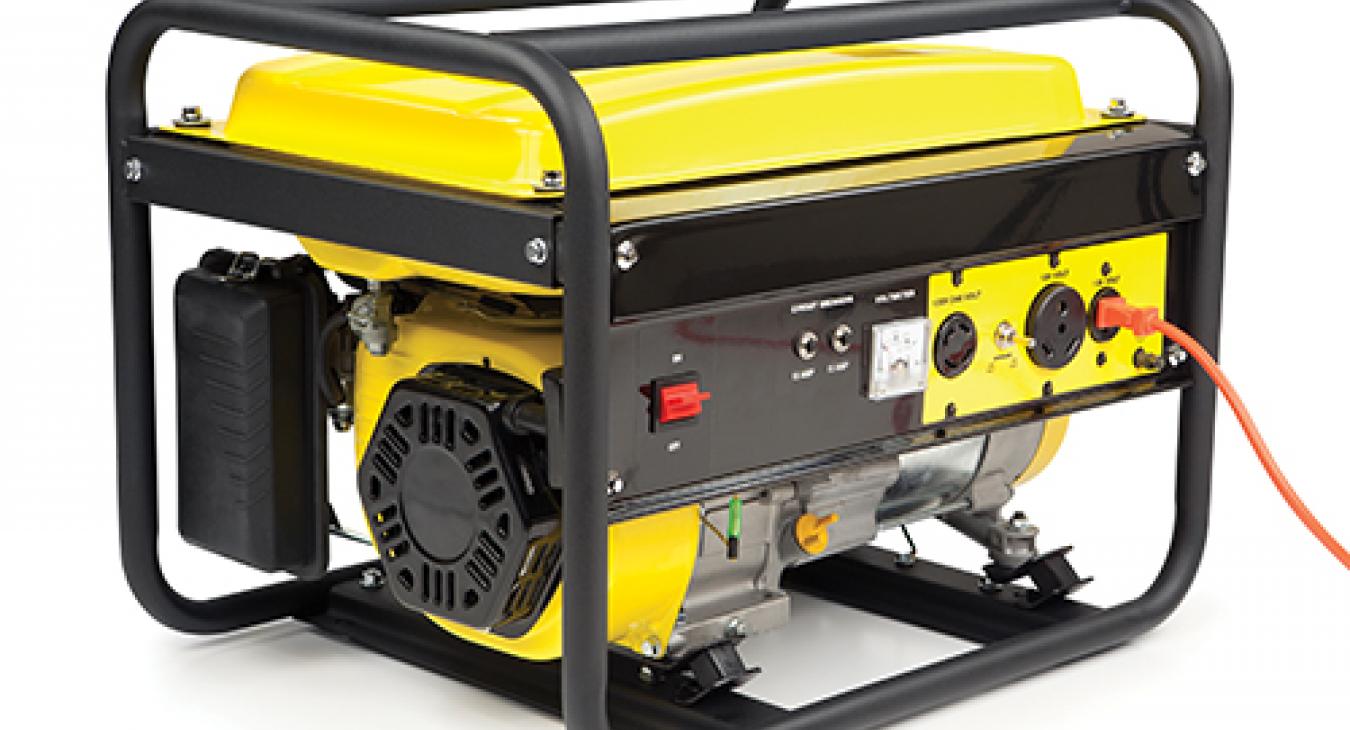Portables can be helpful in a power outage, but users should practice caution
Portable generators may be a godsend during a prolonged electrical outage, but they can be dangerous and owners should be extremely careful while operating one. A portable generator typically runs on gasoline, although some use diesel or propane. Portables are by far the most frequently used type of generator, and can cost from about $400 up to $2,500. Many are purchased at large home-improvement stores.
They can provide 3,000 to 8,500 watts of power, which is enough to power a few essential items, such as a refrigerator. They cannot power an entire house. Portable generators can produce harmful levels of carbon monoxide if operated in an enclosed area, and carbon monoxide poisoning is the cause of hundreds of deaths nationally each year.
If you are getting, or already have, a portable generator, follow these tips:
- Keep the generator dry and do not use it indoors, in a garage, near open doors or windows, or in rainy or wet conditions. A generator cover can protect it from the elements.
- Never try to power your house by plugging the generator into a wall outlet in your house or garage. This dangerous practice can reverse the electricity flow and send electricity out of your house and onto power lines. This can endanger line workers and your neighbors.
- When plugging something into the generator, use the proper type of extension cord that is in good condition. Frayed or ungrounded cords could cause a fire or electric shock. Overloading a multi-plug extension cord can be dangerous.
- Keep your generator on a flat, stable surface, with its exhaust venting away from windows and doorways to prevent carbon monoxide poisoning. Install battery-operated carbon monoxide alarms in your home.
- Don’t overload a portable generator. Look at its power rating. Most portable generators can only power a single appliance such as a refrigerator plus a few small battery-powered devices.
- Larger, permanently mounted standby generators are more powerful, but they are much more expensive (they can start around $4,000 and rise well above $10,000) and must be installed by a licensed, qualified electrician.
Contact a Bluebonnet member service representative at 800-842-7708 from 8 a.m. to 5 p.m. Monday through Friday if you are having a standby generator installed. There can be a wait time for delivery and installation.
A Bluebonnet line worker must disconnect power to the home or business where the generator is being installed, inspect the connection from the generator to the meter to make sure it meets safety requirements, and then reconnect power when the job is done.





